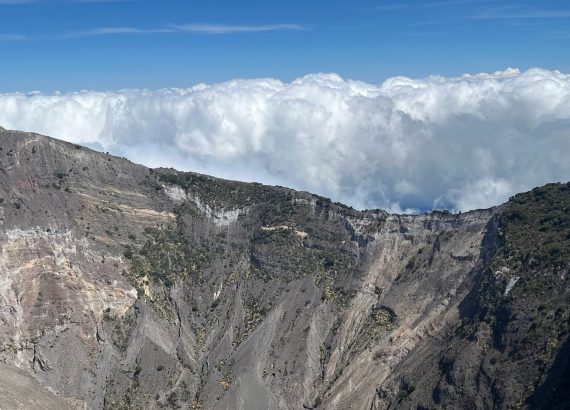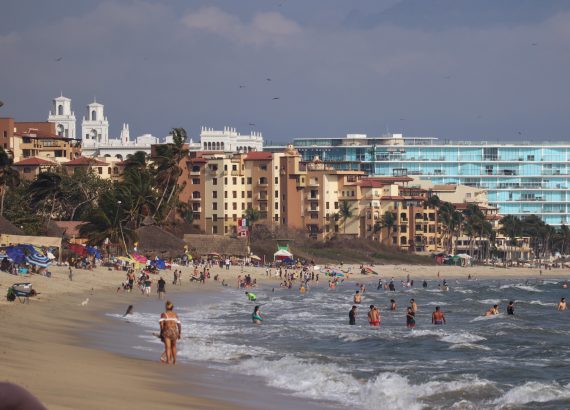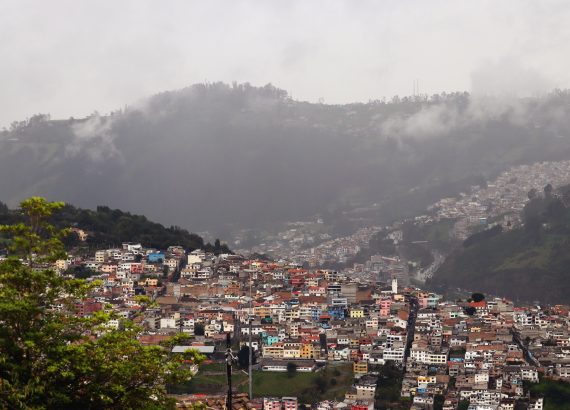Second leg of a 10-day road trip in Northern California through Mendocino County
Leaving Eureka on the third day…. it was time to head south toward Mendocino County but not before experiencing the ruggedness of Northern California mountains and volcanic geography. We became slightly confused as we drove through roads less traveled, surrounded by thick woods and soaring mountains with very few homes or humans to see.
Historic Ferndale
While still in Humboldt County, we headed to the historic town of Ferndale. Ferndale is known for its Victorian architecture started by Danish immigrants who also brought their dairy skills, giving this town its reputation as a dairy and trade center. Over the centuries, this town has managed to thrive even as it is impacted by the economy and decades of changes in the farming industry. The business district caters to both the town residents and tourists. I found the town’s architecture a bit lackluster compared to the Victorian homes in Cape May, New Jersey, which are gorgeously restored(for real) and are the second-largest concentration of Victorian homes in the east coast second only to San Francisco.
Cannabis Territory
From there we headed to Petrolia, recommended by two locals that I talked to. Although well worth the trip, I didn’t realize how intense the driving would be to get to this rugged coastline. We drove through the King Range National Conservation Area, a forest like no other for those who love camping in the wilderness. The drive through an off-the-beaten path took an hour to get to the coastline due to the steep mountainous terrain and so many winding roads, both paved and gravel. Throughout this drive we came cross many marijuana farms, followed by the aromatic pungent smell of freshly grown pot. As mentioned in my first story on this series, Humboldt County is part of the Emerald Triangle region, known for its marijuana farms (both legal and illegal). This region of Northern California maintains the perfect temperate weather for growing cannabis.
A bit of history of why this is the case….started in the early 60s because of its terrain, Northern California attracted many libertarians and former hippies who wanted less regulations and government control. The farming of cannabis over 4 decades, much of it illegal, allowed farmers to create an underground economy, producing some of the best pot in the country. This however, is changing with the legalization of cannabis that is both heavily regulated and taxed. The corporate growth of cannabis farms is not only pushing small, long-time farmers out of business, but is also wrecking the environment with the use of pesticides polluting the water among other environmental concerns.
The Lost Coast and Petrolia
Along this long-convoluted winding road we finally arrived to what is known as the Lost Coast, a spectacular coastline of blackened sandy beaches and offshore volcanic rock formations with crashing waves that were just breathtaking. I wish my photos could reveal the emotion and stark beauty of what I experienced. Much of this coastline is not as accessible since you would need to climb down a cliff. It was also a bit cold, windy and cloudy in August. After taking in the views of this dazzling untouched coastline, it was time to head back and eventually get on Highway 101. The way back was to go through another (yup) off -the-beaten path of mountainous roads in our search to find Petrolia and head to Mendocino County before night fall. Feeling at times a bit disoriented, we came across our first human who was nice enough to give us a map and directions on where we can get something to eat. Petrolia is an unincorporated community of less than 1000 residents once settled by the Mattole Indians (who were all killed) with no commercial corridor other than a small eatery and gas station (Y’all cannot get any more rural than this). One more interesting fact … this region experiences many earthquakes, the last one as recent as 2020.
Avenue of the Giants
Once we were on Highway 101, we headed straight into Humboldt Redwoods State Park which contains one of the most scenic roads of redwoods known in this country. We passed through a secluded forest of giant trees clusters commanding the road. This road without you realizing it takes you into what is a magical forest of hundreds if not thousands of giant trees, many taller than the Statue of Liberty. These awesome redwoods are majestic and spiritual. Stopping the car to take photos and to admire their beauty and silence was just awe-inspiring and wondrous. It was hard to get back in the car, even though there were many more miles of just redwoods of all sizes to take in. Once we reached the small village of Leggett, we could not resist paying five bucks to drive through a live redwood tree; a bit cheesy but fun.
Mendocino County
It was dusk by the time we enter Mendocino County near Fort Bragg where we were staying. The next day, worn out from over 8 hours of driving through winding roads, we chose to take an old fashion historic scenic train ride located in the downtown district of Fort Bragg. The Skunk Train, once an important rail line vital to the lumber industry, is now a tourist ride into the mountains (you guessed it) to see more redwoods. We end up having a late lunch in the downtown district before heading to the coastline getting there before the sunset on what was a foggy and cloudy day. The fog was related to the Dixies wildfires of which the winds had slowly shifted the smoke towards the coast. We came across the Cabrillo Point Lighthouse which was a treat; nicely restored with stunning views of the cliffs and the coast. A brief history note… this place was once inhabited by the Pomos Indians who no longer have any presence here other than a small exhibit in the lighthouse. The photos are of all the sites visited. Next on this series….Wine country and then San Francisco.
“For more stories and photos like these, please click here to subscribe!“









































No Comments